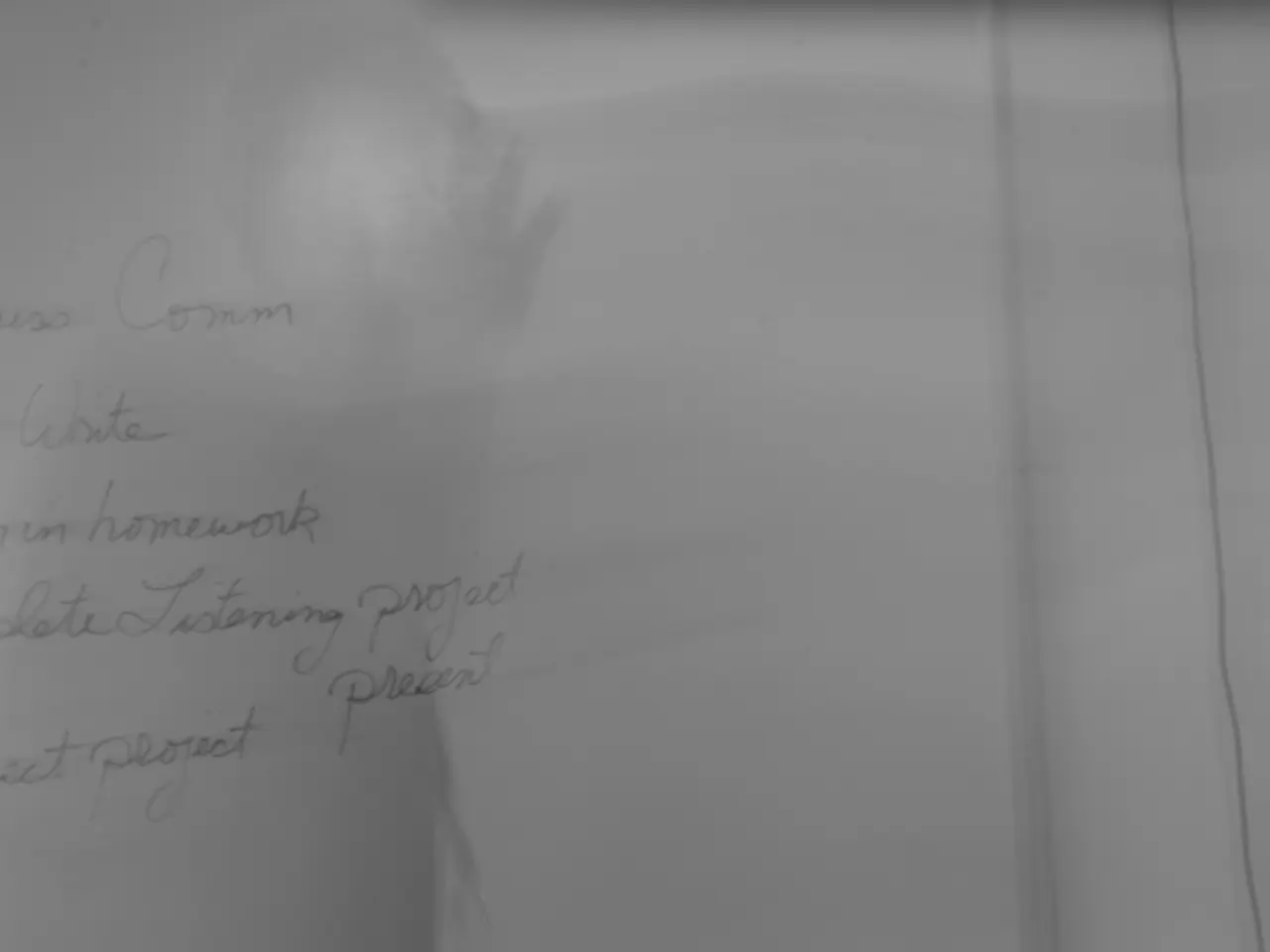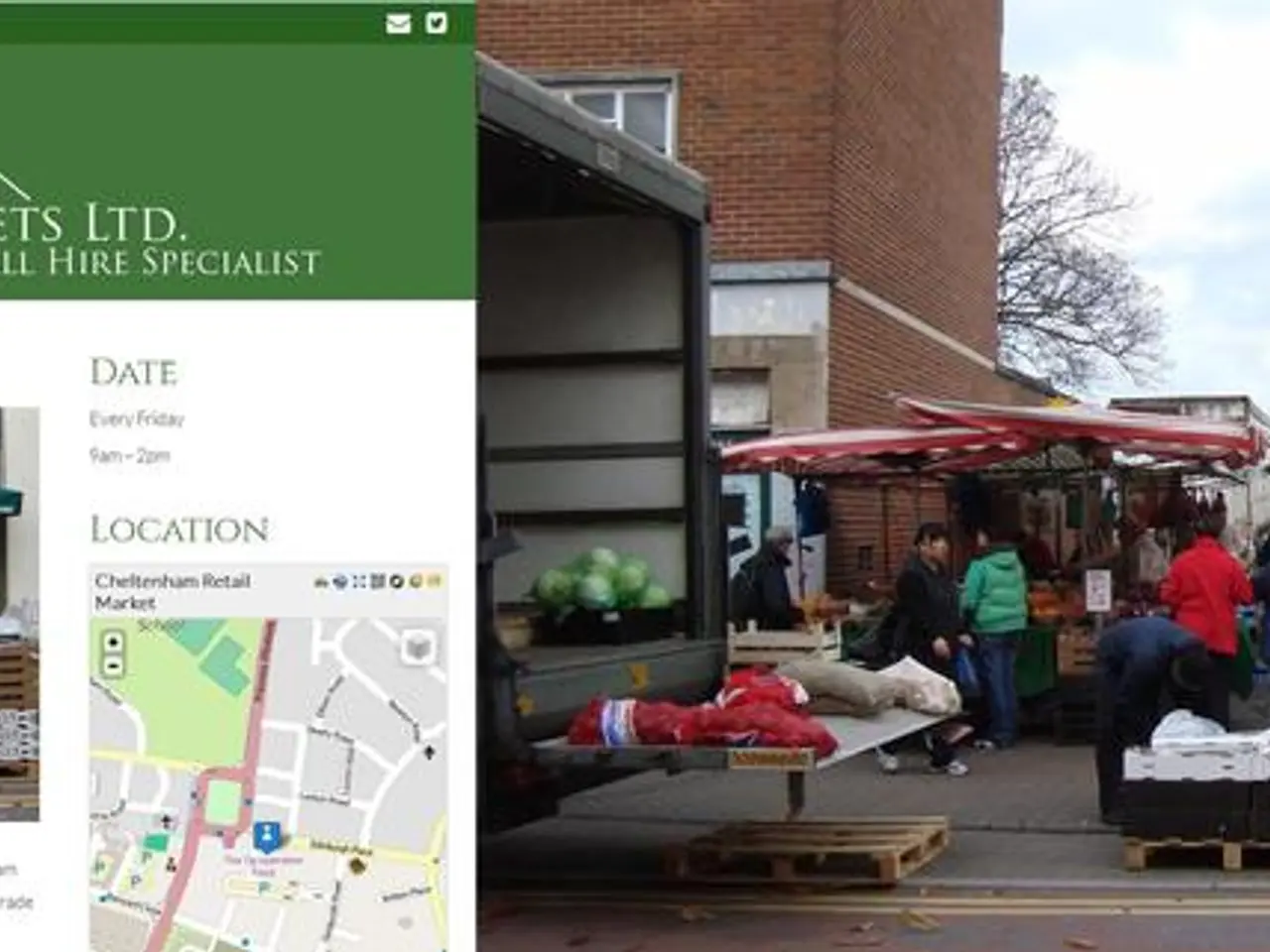Advancing Swiftly on Tax Unification across Europe
The European Union is set to streamline and harmonize withholding tax relief procedures across its member states with the implementation of the FASTER Directive, adopted in December 2024 and published in January 2025. Here's a look at the key points regarding its implementation timeline and the role of the ISO 20022 XML protocol.
**Implementation Timeline for the FASTER Directive**
The FASTER Directive, aiming to make withholding tax relief faster and more predictable for investors while strengthening safeguards against abuse, has a well-defined implementation timeline. The directive will introduce two fast-track procedures for the refund of withholding taxes, a "quick refund" system for overpaid taxes, and a standardised reporting obligation for financial intermediaries. Member States will set up national registers for large financial intermediaries to be certified via a new European Certified Financial Intermediary Portal. The new rules for withholding tax procedures will enter into force on the 21st day after adoption, with transposition into national law required by 31 December 2028, for application from 1 January 2030.
**ISO 20022 XML Protocol**
While the FASTER Directive itself does not explicitly mention the use of ISO 20022 for reporting requirements, the ISO 20022 XML protocol is a broader initiative to standardize financial messaging. It is being implemented in various financial sectors to enhance data exchange efficiency and compliance. The transition period for ISO 20022 in payment systems began in March 2023 and is expected to end in November 2025. By November 2026, corporate clients are expected to fully implement structured addresses for cross-border payments.
The FASTER Directive and ISO 20022 are separate initiatives, but both aim to improve financial processes within the EU. The FASTER Directive focuses on withholding tax relief, while ISO 20022 is about standardizing financial messaging across various payment systems. The industry is considering using the OECD Trace XML or the ISO20022 XML protocol for the transmission of reports.
Societe Generale Securities Services, represented by Public Affairs Officer Paola Deantoni, is actively participating in several working groups to contribute to the preparation of implementing acts for the FASTER Directive. The outcomes of these groups will help shape the future of withholding tax procedures in the EU.
The use of ISO20022 messages for FASTER reports may take into account the data elements required by different Member States, including the Finnish TRACE Communication. The construction of ISO20022 messages could be based on the structure used in TRACE XML and the shareholder identification response.
The FASTER Directive will also introduce an EU Common Digital Tax Residence Certificate (eTRC) for investors, further enhancing the efficiency and transparency of cross-border withholding tax procedures.
In conclusion, the FASTER Directive and ISO 20022 XML protocol are significant steps towards improving financial processes within the EU. The FASTER Directive focuses on streamlining withholding tax relief procedures, while ISO 20022 aims to standardize financial messaging. The collaboration between industry players and the European Commission will ensure a smooth and efficient implementation of these initiatives.
The implementation of the FASTER Directive, which includes the creation of fast-track procedures for withholding tax refunds, will coincide with the ongoing transition period for the ISO 20022 XML protocol in payment systems. Both initiatives aim to harmonize financial processes within the European Union, with the FASTER Directive focusing on withholding tax relief and ISO 20022 on standardizing financial messaging.




